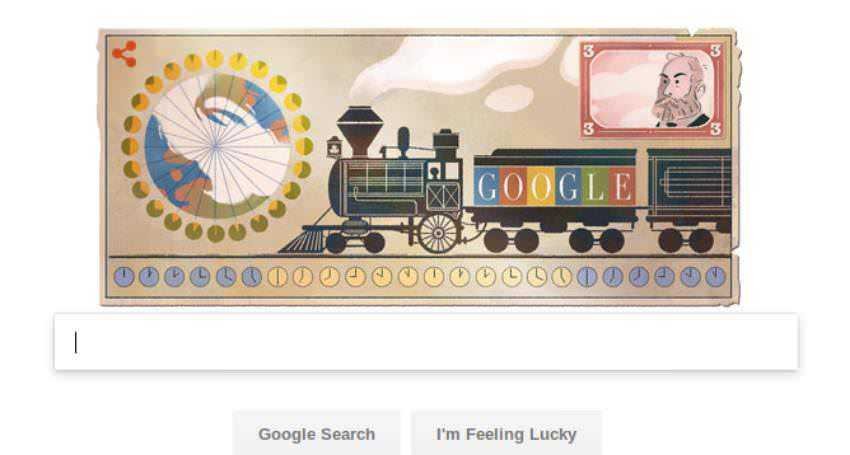Today Google honors with one Google Doodle τον Ser Sandford Fleming, (7 Ιανουαρίου 1827 – 22 Ιουλίου του 1915). Ο Sandford Fleming που έγινε Ser ήταν ένας Σκωτσέζος Καναδός μηχανικός και εφευρέτης. Γεννήθηκε και μεγάλωσε στη Scotland, immigrated to the colony of Canada at the age of 18.
Sandford Fleming's Serge proposed that the land would be divided into time zones, designed Canada's first stamp, left a huge number of topographical surveys and mappings, designed a major part of Intercolonial Railway and Canadian Pacific Railway, and was a founding member Royal Society of Canada and founder of the Royal Canadian Institute, a scientific organization in Toronto.
The idea of separating his time zones came to 1876 when he lost one in Ireland because the printed program wrote pm. instead of. So proposed a one-time 24 hourly measurement for the whole world, with reference to the center of the Earth, not related to any meridian of the surface of the earth.
At a meeting of the Royal Canadian Institute on February 8 1879, associated with the Greenwich anti-meridian (now 180 °), suggested that local time zones should be used locally, but would depend on the single world time which he called Cosmic Time.
He continued to promote this system at major international conferences including the International Meridian Conference of 1884. This conference accepted a different version of Universal Time, but refused to accept the zones, stating that it was a local matter outside its jurisdiction. Nevertheless, by 1929, all major countries in the world had adopted time zones.
With information from WikiPedia





